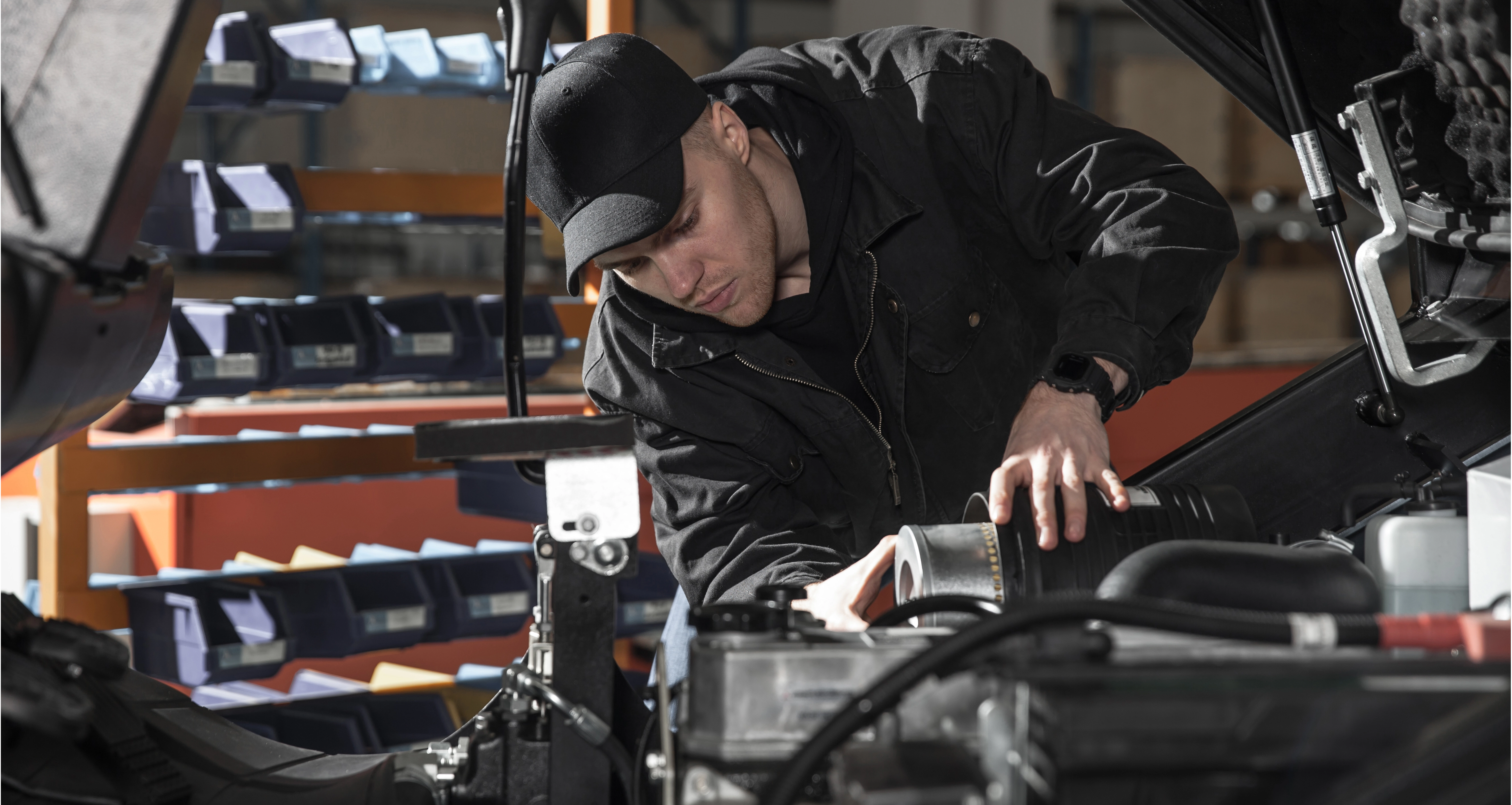AUGUST 21, 2024
Comprehensive Overview of Maintenance and Repair Needs for Internal Combustion Forklifts Throughout Their Service Life

To ensure the safety and efficiency of internal combustion forkliftoperations, understanding the maintenance and repair needs at different stages of their service life is crucial. This article provides a comprehensive overview of the maintenance and repair of internal combustion forklifts, from new to the end of their economic life.
The maintenance and repair requirements for internal combustion forklifts change as their usage time increases and can be divided into four stages:
Initial Phase (0-2,000 hours):
Routine Maintenance: New forklifts require minimal maintenance, which mainly includes oil changes, filter replacements, and regular inspections to ensure engine lubrication and optimal performance.
Minor Repairs: Repairs at this stage are typically minor and may include adjustments to the brake system and steering alignment to ensure safe operation and reduce tire wear.
Midlife Stage (2,000-5,000 hours):
Wear and Tear: As forklifts enter their midlife, components such as tires, brakes, and hydraulic systems begin to show signs of wear.
Preventive Maintenance: This stage is critical for preventive maintenance, including tire rotations, brake pad replacements, and hydraulic fluid checks.
Repairs: Repairs become more frequent and may involve replacing worn tires, servicing brakes, and addressing hydraulic leaks or system inefficiencies.
Heavy Usage Phase (5,000-10,000 hours):
Significant Wear: Forklifts are likely to show significant wear on key components in this stage, necessitating more intensive maintenance and repair.
Restoration and Repair: The focus shifts to restoring and repairing essential systems to prevent operational disruptions, which may include mast assembly repairs, chain wear assessments, and engine or transmission maintenance.
Post-10,000 hours:
Economic Lifespan: After 10,000 hours of service, especially under intense or continuous use, forklifts may reach the end of their economic lifespan.
Major Decisions: Companies must decide whether to invest in significant renovations or to replace the forklifts, based on a cost-benefit analysis comparing repair costs to the value of the forklift.
Additional Information:
Cleanliness: Regularly sweeping floors and keeping the warehouse clear of debris can significantly reduce the risk of forklift damage and extend their service life.
Dock Levelers: Properly maintained dock levelers are essential for safe and efficient loading and unloading operations.
Preventive Measures: Investing in preventive maintenance can save on costly repairs and downtime, including regular inspections, timely part replacements, and adherence to the manufacturer's maintenance schedule.













 English
English 


